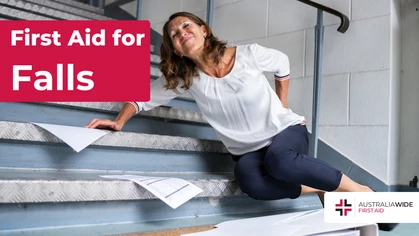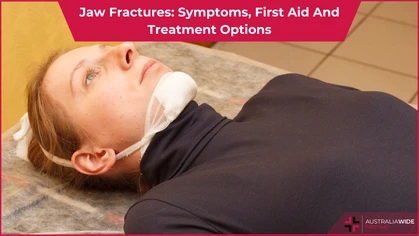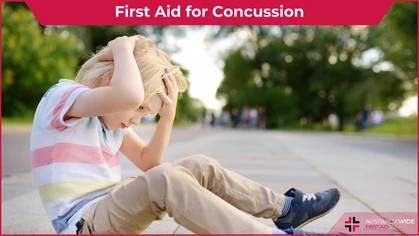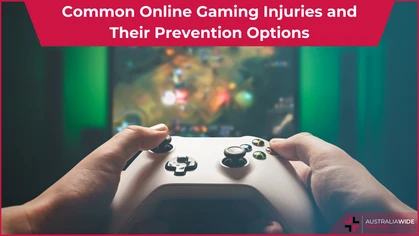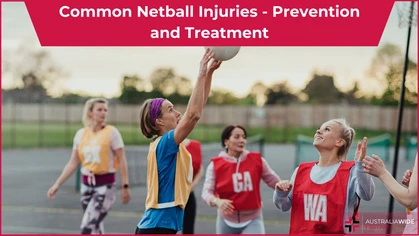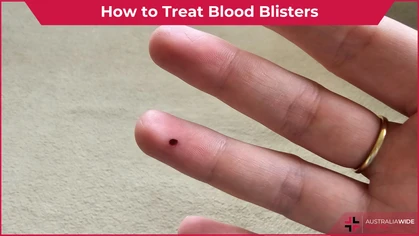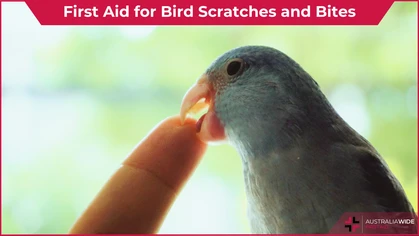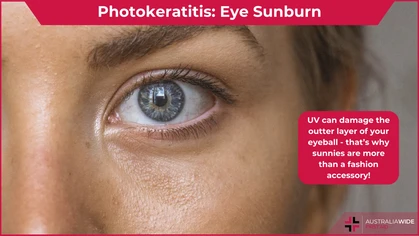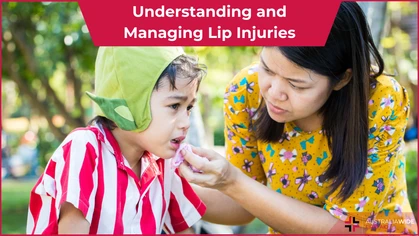Blisters: Causes, Prevention and Treatment

Injury
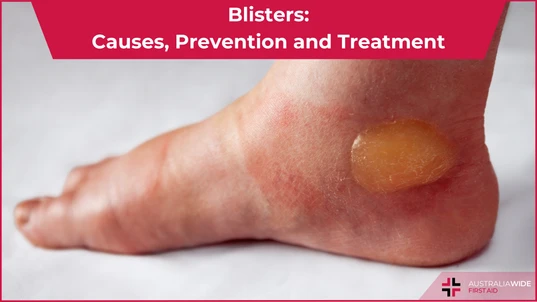 Blisters, though often small in size, can cause significant discomfort and inconvenience.
Understanding the symptoms, causes, and treatment options for blisters is crucial for effective management and prevention.
In this article, we will delve into the diverse array of blister types, explore the common triggers behind their formation, and discuss practical approaches to both alleviate immediate discomfort and foster healing.
Blisters, though often small in size, can cause significant discomfort and inconvenience.
Understanding the symptoms, causes, and treatment options for blisters is crucial for effective management and prevention.
In this article, we will delve into the diverse array of blister types, explore the common triggers behind their formation, and discuss practical approaches to both alleviate immediate discomfort and foster healing.
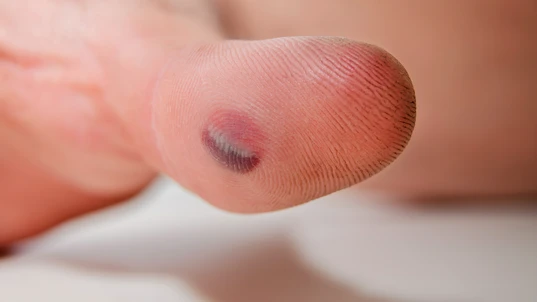
Blisters can be filled with blood (as above), fluid, or pus.
What is a Blister?
A blister is a fluid-filled sac that forms underneath the first layer of skin. Most often the fluid is clear. This fluid is called serum, and leaks into the area from surrounding tissue. It is similar to plasma, which is blood without the red blood cells. It is sterile while the blister remains intact. Occasionally, especially if caused by an injury, a blister can fill with blood – this is called a blood blister. If it becomes infected, the fluid inside the blister will be milky-white or yellow pus. Blisters can contain a mixture of the above fluids, depending on how they were formed and how they progress. If a blister is the result of a viral infection or bacterial infection, it will contain viral or bacterial particles. These can cause further infection in others who come into contact with it.
Sunburn can cause bad blistering of the skin.
What Causes Blisters?
Friction The most common cause of blisters is pressure or friction on the skin. Most of us have experienced this with new shoes, for example, or when using gardening tools. The skeletal parts of the foot or hand move out of sync with the skin and tissue, and when this happens repeatedly it can cause a tear underneath the skin. This tear then fills with fluid. Increased skin temperature and moisture can increase the likelihood of developing friction blisters. Injury Occasionally, injuries can cause blisters to form. These can include:- Sunburn
- Frostbite
- Chilblains
- Insect bites or stings
- Scalds or burns
- Pressure ulcers (bedsores)
- Contact dermatitis
- Chickenpox and Shingles
- Hand, Foot, and Mouth Disease
- Impetigo (School Sores)
- Cellulitis
- The Herpes Virus, causing Cold Sores or Genital Herpes
- Autoimmune Diseases, such as Pemphigus
- Inherited Diseases, such as Epidermolysis Bullosa
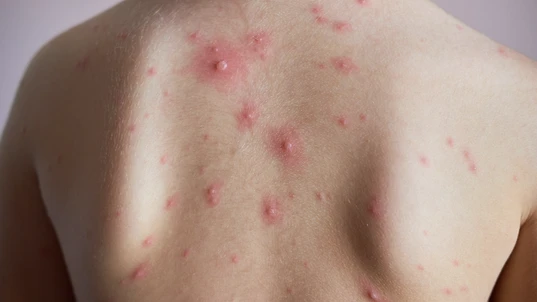
Blisters that are caused by infection diseases can spread that disease very easily.
Are Blisters Dangerous?
Friction blisters can become more than a minor nuisance. For hikers, athletes and military personnel, blisters can be a regular occurrence that have a significant impact on their ability to compete and/or do their jobs. In fact, friction blisters can be disabling. The pain caused by blisters, combined with their location, often mean that a person is unable to comfortably walk, let alone anything more strenuous. If a friction blister were to become infected, it could lead to complications such as cellulitis, sepsis, or toxic shock syndrome. Blisters that are not caused by friction indicate an underlying health condition. If you are not already managing these under the care of your doctor, it is critical that you do so. Viral and bacterial blisters pose a risk to others through contact, which can spread the disease.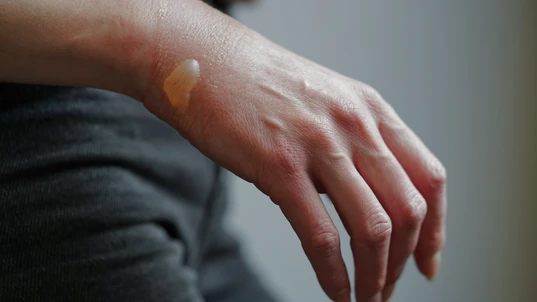
Treating Blisters
Some blisters can be managed at home, others should be managed under the care of your doctor. Interestingly, there has been little scientific research into blister treatment in the past 30 years, despite their prevalence and impact. If the blister is small, it will likely dry out within a fortnight. It may heal better if you are able to leave it alone, as the skin covering will help prevent infection and scarring. You can cover individual intact blisters with a loose bandage:- Cut a doughnut shape from a padded dressing and place it around the blister (so that the blister sits within the hole of the doughnut shape)
- Cover the blister and dressing with a bandage
- Gently wash the affected area clean
- If the skin on the top of the blister is still attached, carefully position it back in place – this helps it to heal faster
- Cover with a band-aid or bandage
- If the skin has torn away completely, cover with a special blister plaster (which you can get from your local pharmacy)
- Wash your hands and the blister
- Use rubbing alcohol to sterilize a clean needle
- Puncture the edge of the blister (not the middle) in multiple locations, and let the fluid drain out – make sure the roof of the blister remains intact
- Wash the area again
- Apply a compressive dressing to help the blister skin reattach to the underlying layers – a piece of dry gauze secured with a compressive elastic wrap is perfect
- Repeat this process every 6-8 hours during the first 24 hours to relieve pain and the accumulation of further fluid
- Watch carefully as it heals to ensure there are no signs of infection
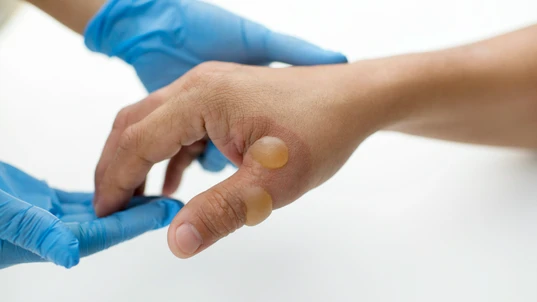
Blisters caused by illness or burns should be treated by a doctor.
Preventing Blisters
Preventing blisters that are caused by friction can be done by:- Wearing moisture-wicking socks
- Wearing gloves when using tools, e.g., during gardening or home renovations
- Shoe fit
- Covering friction-prone areas with micropore tape or band aids
- Using anti-friction balm on the skin
- Applying antiperspirants, talcum powder, or other drying powders
- Using lubricating agents
Conclusion
Blisters are common, especially amongst those who are physically active. While they are not life-threatening, they certainly can impact your ability to enjoy daily life. Understanding correct blister care can help you to recover faster, avoid infection, and in turn avoid scarring.
Originally published at
https://www.australiawidefirstaid.com.au/resources/blisters-causes-prevention-and-treatment
as part of the Australia Wide First Aid Articles Library
